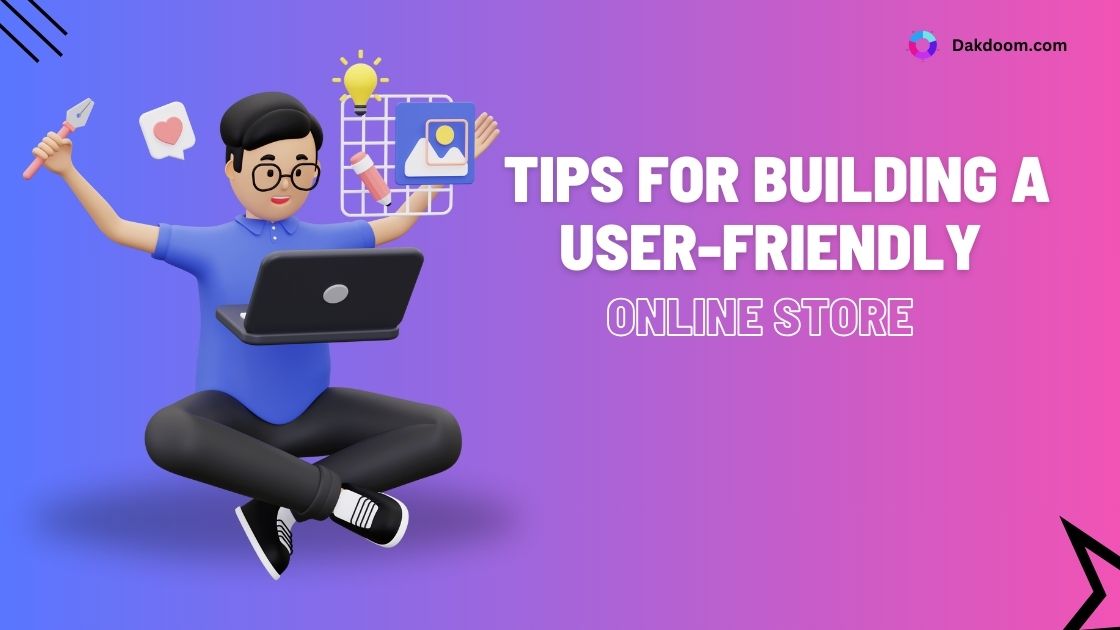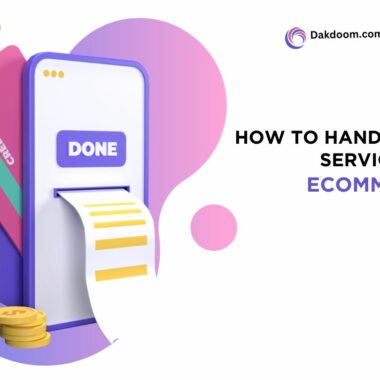Tips for Building a User-Friendly Online Store
Creating a user-friendly online store is essential for attracting and retaining customers. At Dakdoom, we understand that a seamless shopping experience can make all the difference. Here are some key tips to help you design an online store that delights your customers and drives sales.
1. Choose the Right Platform
Select an e-commerce platform that aligns with your business needs. Popular options like Shopify, WooCommerce, and BigCommerce offer various features, scalability, and support. Ensure the platform you choose is user-friendly and easy to navigate.
2. Optimize for Mobile Devices
With more shoppers using mobile devices, a responsive design is crucial. Ensure your website adapts seamlessly to different screen sizes. Test navigation, loading times, and checkout processes on various devices to guarantee a smooth mobile experience.
3. Simplify Navigation
A clear and intuitive navigation structure helps users find what they’re looking for quickly. Use categories, filters, and a search bar to streamline the shopping process. Limit the number of clicks needed to reach a product page.
4. High-Quality Product Images and Descriptions
Visuals matter! Invest in high-quality images that showcase your products from multiple angles. Pair these with detailed descriptions that include essential information like dimensions, materials, and usage tips. This helps customers make informed purchasing decisions.
5. Easy Checkout Process
A complicated checkout process can lead to cart abandonment. Simplify it by minimizing the number of steps required. Offer guest checkout options and provide a progress indicator so users know how far along they are.
6. Include Customer Reviews and Testimonials
Social proof is a powerful motivator. Display customer reviews and testimonials prominently on product pages. This builds trust and can influence purchasing decisions positively.
7. Implement a Search Functionality
An effective search bar allows customers to find products quickly. Consider incorporating auto-suggestions and filters to refine results. A good search experience can significantly enhance user satisfaction.
8. Clear Return and Shipping Policies
Transparency is key. Clearly outline your shipping options, costs, and return policies. This helps set customer expectations and reduces post-purchase anxiety.
9. Provide Multiple Payment Options
Cater to different customer preferences by offering various payment methods, including credit/debit cards, PayPal, and digital wallets. The more options you provide, the easier you make the checkout process.
10. Use Engaging CTAs
Effective call-to-action (CTA) buttons guide customers towards the next steps. Use action-oriented language and ensure these buttons are easy to find and click. Color contrast can help them stand out on the page.
11. Prioritize Site Speed
Slow loading times can frustrate users and lead to high bounce rates. Optimize images, use efficient coding practices, and consider a reliable hosting service to improve your site’s performance.
12. Offer Live Chat Support
Real-time assistance can enhance the shopping experience. Implement live chat support to answer customer questions promptly and provide help throughout the purchasing process.
Conclusion
Building a user-friendly online store is an ongoing process that requires attention to detail and a focus on customer needs. By following these tips, you can create an engaging shopping experience that not only attracts customers but also encourages them to return. For more insights and resources, visit us at dakdoom.com!











